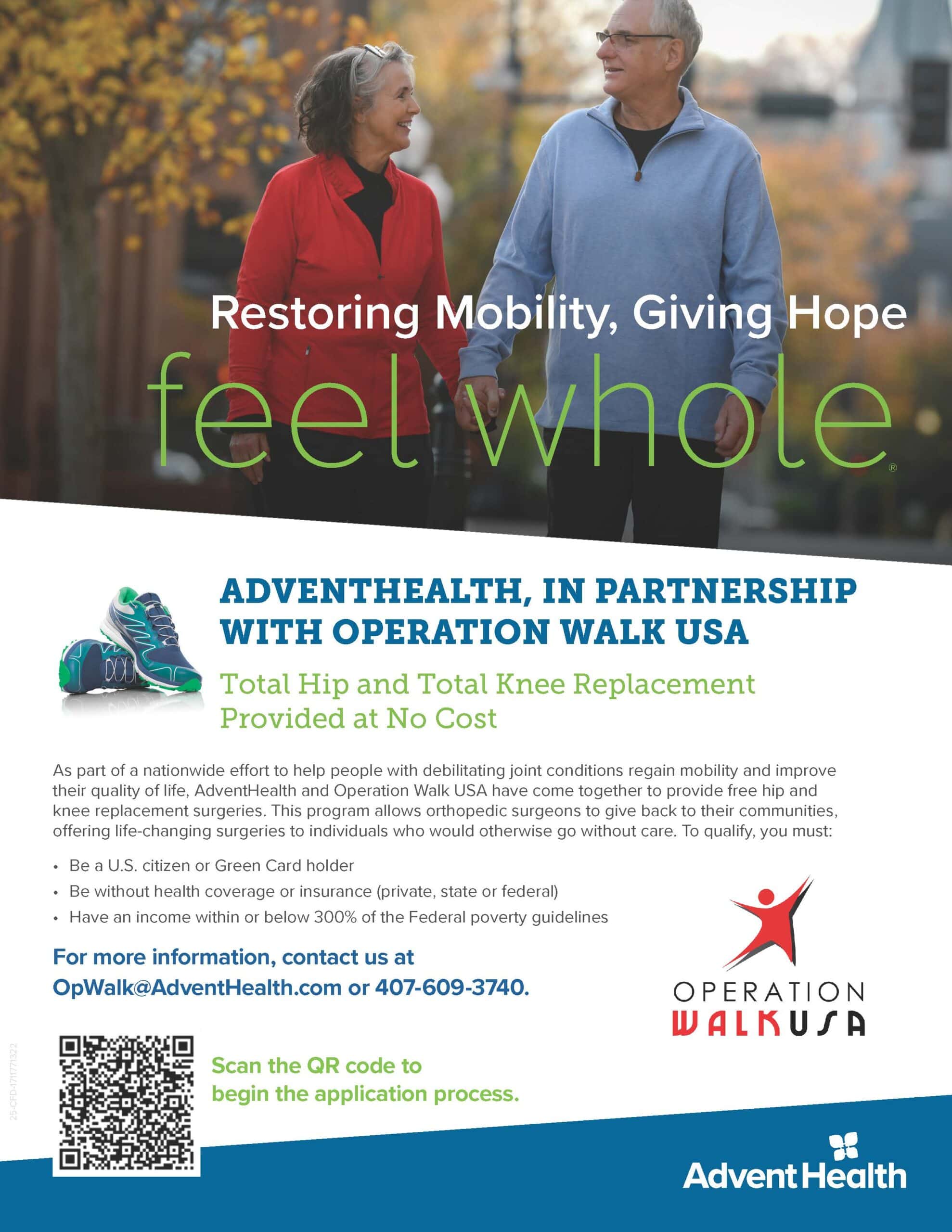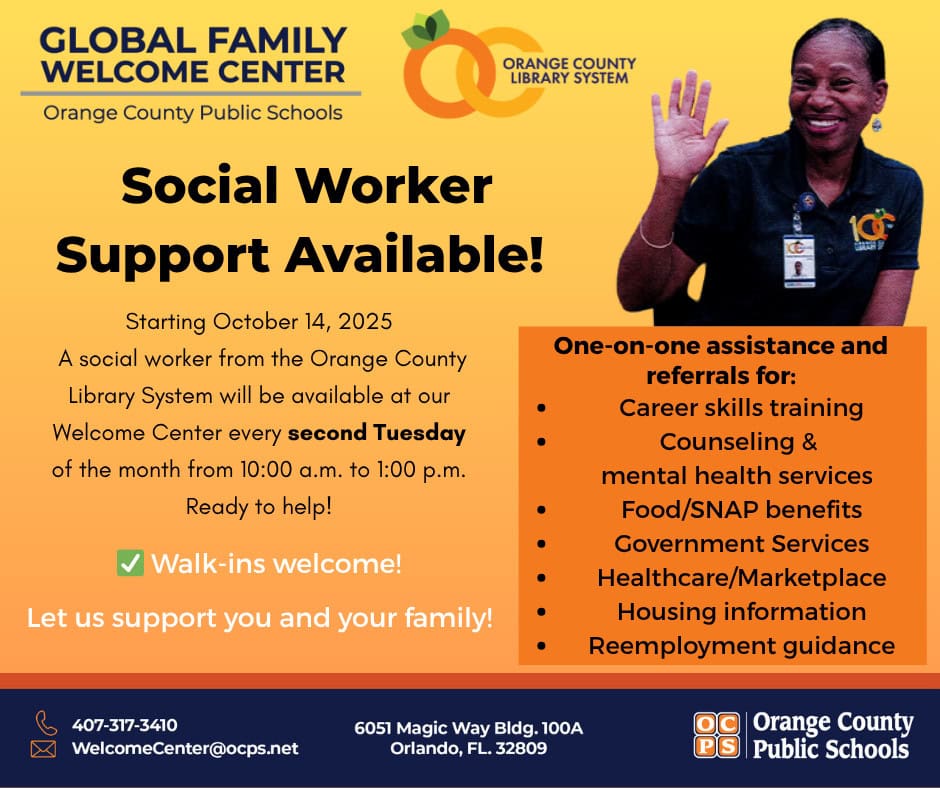Know Your Medical Info

Get Organized!
It’s time to get organized! And no, we don’t mean organizing your closet or pantry. We’re talking about organizing your medical information!
October is Organize Your Medical Information Month, and while it may not be the most exciting event to celebrate, it sure is important. Staying on top of your doctor’s visits, medications, and insurance plans can make staying healthy a whole lot easier. It’s also a good idea to talk with your family members and learn about their health history. We’ve got a few tips to help you get your medical info in order and start a conversation about health history.
5 Steps
Check out this to-do list from Medicare.org to help better organize your medical information for yourself, and for loved ones you care for.
Step 1: Locate and Keep Copies of Medical Records
When organizing medical paperwork for yourself or another as a caregiver, develop a system that works best for you and is easy to transport, store, and update. Consider using a three-ring binder or file folders. If you can, make duplicate electronic copies of scanned or photographed documents to mirror the organization of your paper files, or use a software tool made specifically for medical documents. Call your doctor to request copies of your medical records. You’ll need to sign a release form, provide a valid government-issued photo ID, and you may be required to pay a fee. If you’re a caregiver and requesting records for someone other than yourself, facilities will only release them if a direct authorization to disclose records to a third-party form is signed by the patient.
Step 2: Organize Medical History and Current Health Information Categorically and Chronologically
Every individual has a different health history, therefore how you categorize your records is up to you. Your current and past health information may include doctor office visit information, test results, health screenings, info about major illnesses or surgeries, immunizations records, and more. Keeping a labeled folder for each member of your family can be helpful as well.
Step 3: List All Current and Past Medications and Prescriptions
Include a list of current and past supplements, prescriptions, and over-the-counter medications. Write down the drug name, dosage, start date, end date, and the condition it is treating, plus any side effects experienced.
Step 4: Keep Track of Billing and Insurance Documents
In chronological order, organize copies of all bills and receipts from doctors’ offices and any insurance payment documentation (explanation of benefits forms). Keep records of insurance claims, payments, and balance information. Include a log of phone conversations with insurance representatives, including the date and name of the person you spoke with. Include a copy of any insurance and Medicare or Medicaid cards.
Step 5: Create a List of Important Contacts
Record names, medical practices, addresses, telephone numbers, and email (if applicable) of your doctors and pharmacist. Include the emergency contact information of a caregiver, family member, or friend in case of an emergency. Include the name, policy number, address, and telephone number of your health insurance company.

Talk About It!
Know Yourself
Although talking about medical history with family members can be uncomfortable, it can literally save lives! There is a reason why your doctor asks about family medical history at your appointments. For example, knowing which diseases run in your family can better prepare you to be proactive and work with your doctors on prevention and early detection. If you can, talk with your parents and grandparents about their medical history and any diagnosis they’ve received. Ask your parents about what vaccines you received as a child, and what sicknesses and surgeries you had growing up that you may not remember.
For Caregivers:
If you are a caregiver for a loved one, prepare by talking to them about future healthcare decisions. What are their wishes for long-term care as they age? Plan ahead with legal documents to make sure their wishes are honored. Take into account the cost of medical care and how to save for those expenses. Again, these conversations may be uncomfortable. However, planning ahead for long-term care can make things easier and less stressful on the patient, caregivers, and loved ones. For more long-term care information, take a moment to read this article from Integral Senior Living.
For a personal story, check out this blog post written by a mother who found that organizing her and her family’s medical information gave her a sense of control in a situation where she had no control. You can’t always predict a diagnosis, but you can be better prepared and empowered by organizing your medical documents and knowing your medical history.
We Want to Hear from You!
How do you organize your medical info? Let us know in the comments below!













